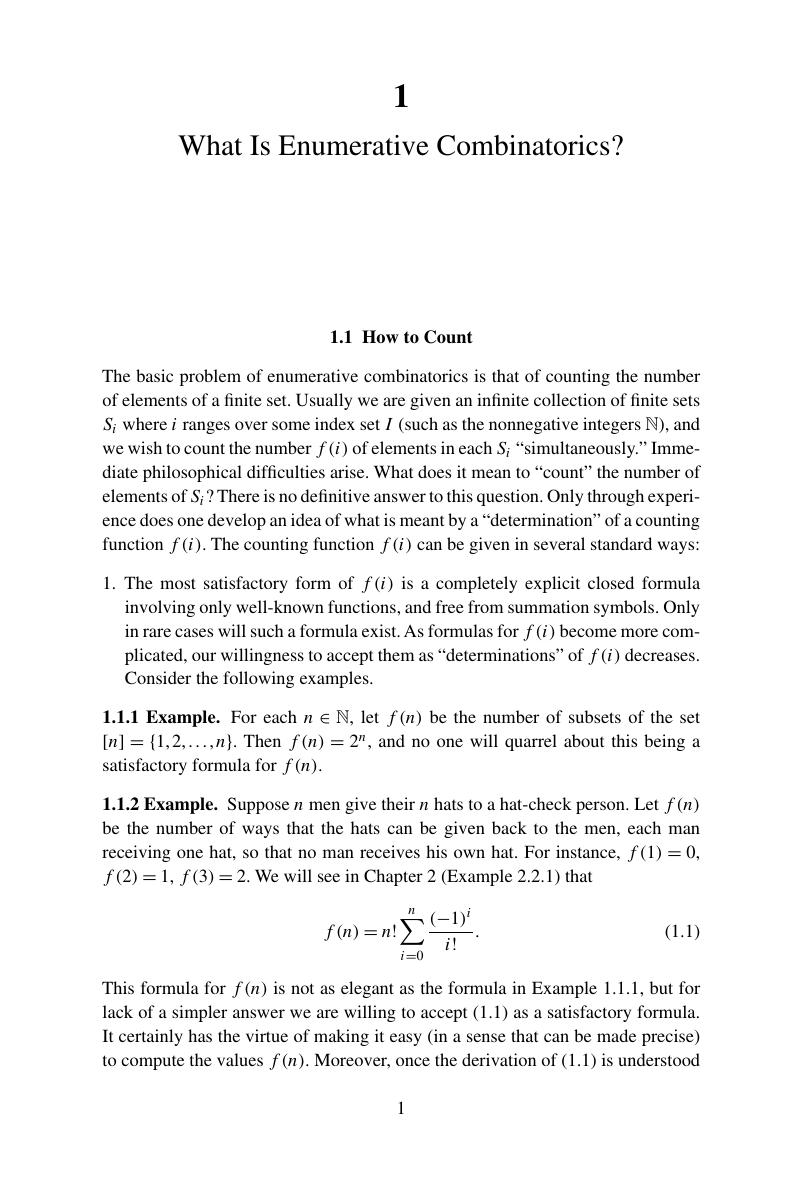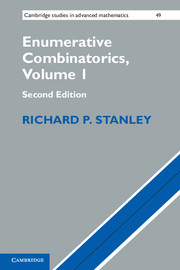1 - What Is Enumerative Combinatorics?
Published online by Cambridge University Press: 05 June 2012
Summary

- Type
- Chapter
- Information
- Enumerative Combinatorics , pp. 1 - 194Publisher: Cambridge University PressPrint publication year: 2011
References
- 29
- Cited by



